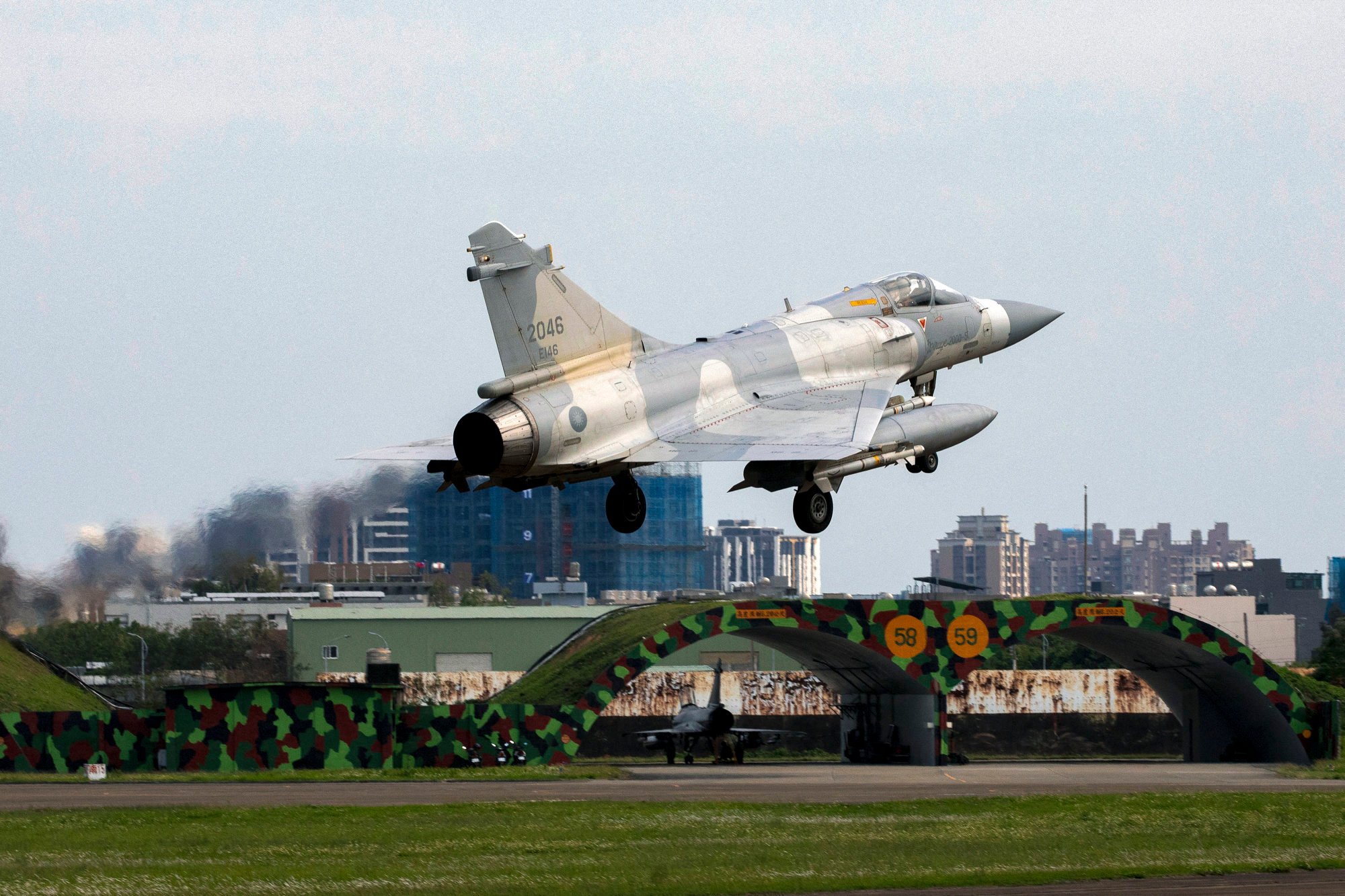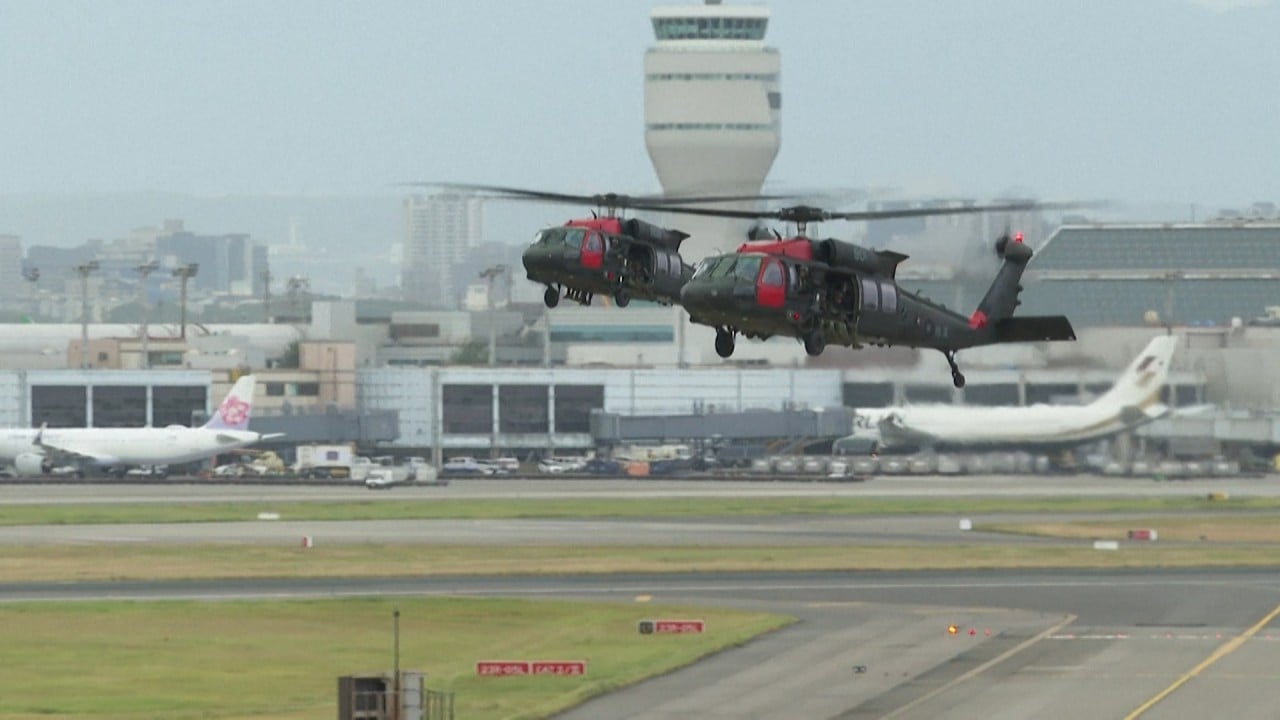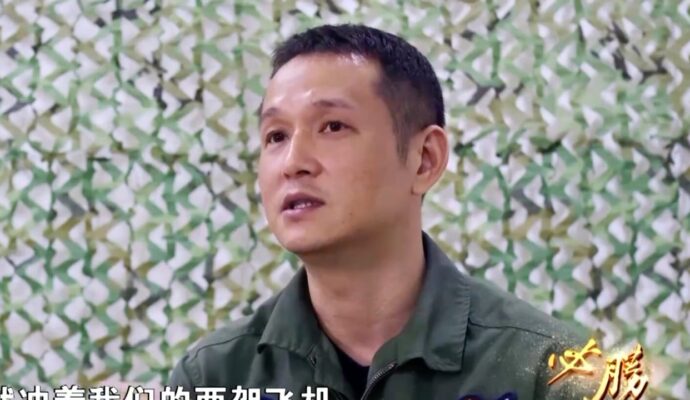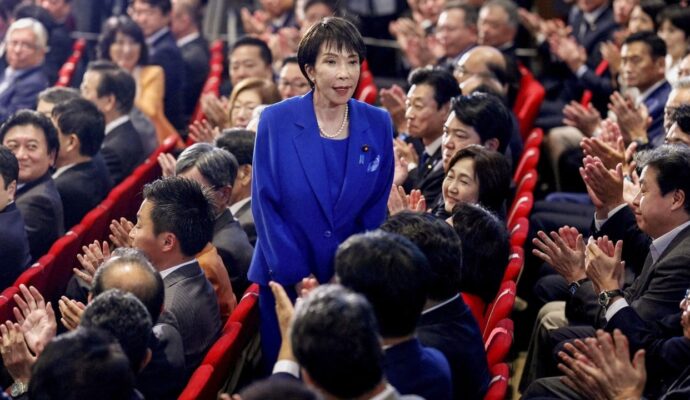“The twin-seaters would be good for operations for 20 more years after the extension,” Lieutenant General Tsao Chin-ping, chief of staff of the island’s air force, said on August 1.
Advertisement
The jets are kept at Hsinchu Air Base in the island’s north, which is responsible for safeguarding areas including Taipei, New Taipei, Keelung and Yilan.
The warplanes are now in a late stage in their life cycle, and the cost of maintaining and repairing them is far more than that of the other major aircraft used by the Taiwanese air force.
There have been debates within the island’s air force over whether to retire the entire fleet as the planes are not only costly to operate and maintain but, more importantly, are not compatible with the US weapons system used in Taiwan.
An air force source, who spoke on condition of anonymity, said the jet was once considered state-of-the-art with cutting-edge technology that allowed it to climb swiftly from a relatively short runway and exercise its “superior enemy engagement capabilities, including firing and tracking”.
Advertisement
When it was commissioned in the late 1990s, it was far superior to the Indigenous Defence Fighter (IDF) jets built by Taiwan and F-16 A/B jets bought from the US, the source added.

But after Taiwan upgraded the IDF jets and switched its F-16 A/B planes to F-16 Vipers, the Mirage jets lost their edge.
Advertisement
“Worse still, the hourly operational and maintenance cost of the aircraft is the highest among the air force’s warplanes,” the source said.
According to the air force insider, the Mirage costs NT$800,000 (US$25,000) to operate for an hour, compared with NT$250,000 for the IDF and NT$160,000 for the F-16 – and this does not include maintenance costs, which are high because of a shortage of spare components.
The source said since Dassault no longer had a Mirage production line, it was difficult for Taiwan to acquire the necessary spare parts to maintain the aircraft.
Advertisement
Chang Yen-ting, a retired air force lieutenant general, said extending the service life of the jets would be a waste of money.
“Life extension is merely a kind of maintenance whose effect would be limited compared with the upgrade,” he said, adding that, in the face of a rapidly modernised PLA Air Force, the Mirage would be no match for the mainland’s more powerful warplanes, like the J-20.
“Why not update the Mirage once and for all instead of wasting money to extend its life?” he said.
Mainland China airs documentary signalling preparation for Taiwan attack
Mainland China airs documentary signalling preparation for Taiwan attack
Lin Ying-yu, a professor of international relations and strategic studies at Tamkang University in New Taipei, said the air force should bear in mind that retiring the French planes could leave it under-resourced while it waited for replacement aircraft.
Advertisement
“With the PLA sending sorties to Taiwan on almost a daily basis, retiring all the Mirages is not a wise move as the air force still needs to dispatch warplanes to shadow any approaching enemy aircraft and keep Taiwan safe,” he said.
Though Taiwan has ordered 66 F-16V jets from the US which could replace the Mirages after they were retired, it will still take time for them to be delivered to the island, Lin said, adding there was also a concern over a delay in delivery.
The US was supposed to send over the first two fighters by the end of this year, but that has since been postponed until the third quarter of 2024, though the Taiwanese defence ministry has stressed all 66 jets are still expected to arrive by end of 2026 as scheduled.
Taiwan has been under constant military pressure from Beijing, which views the island as part of its territory to be taken under control – by force if necessary. Most countries, including the US, do not see Taiwan as an independent state but are opposed to a change of the status quo by force.
Advertisement



